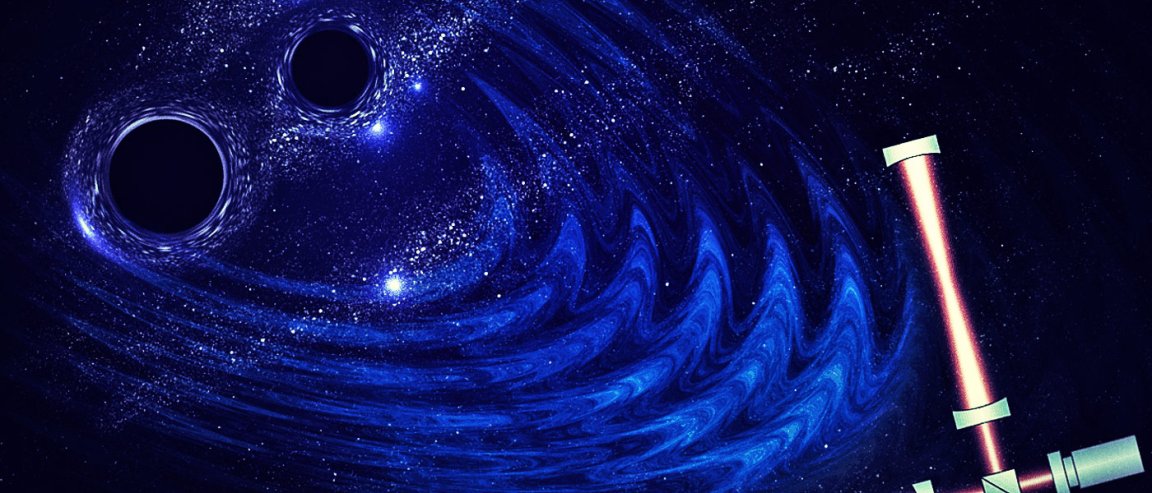
Locating the Source
The historic announcement of the first gravitational waves ever detected sent shockwaves across the scientific community. This announcement came with news that the source of the waves was the merging of two black holes some 1.3 billion light-years away.
Buried in all the excitement is that the scientists of the Laser Interferometer Gravitational-Wave Observatory (LIGO) have a general idea about which direction the waves came from.
So let’s take a look at the literal source of all this commotion.

To begin understanding the image, note that LIGO is made up of two stations separated by 3,200 km (2,000 miles), one in Washington and the other in Louisiana. This is because, when gravitational waves pass through the Earth’s volume of space, it must be detected by both stations to confirm that it’s real and not just some local disturbance near the station.
Having two stations also lets scientists triangulate the wave signals to determine a general direction from which the gravitational waves emanate.
In the announcement, scientists pointed out that back on September 14, 2015, the Louisiana station detected the gravitational wave chirp 7 milliseconds before the Washington station. This difference confirms that the two detections were from the same wave and allows LIGO to deduce the direction of the wave.
Understanding the Map to the Stars
In the image above, LIGO gives us a glimpse at the new field of gravitational wave astronomy with the release of a map of the Southern Hemisphere skies. As detailed in the map, contours represent different probabilities for the location of where the signal might have originated.
The purple outline represents a 90 percent chance that the gravitational waves come from within that area, while the white contour in the innermost area represents a 10 percent chance.
In the middle of the image is a band of stars known as the edge-on disk of the Milky Way galaxy. At the bottom of the image are the Large Magellanic Cloud and Small Magellanic Cloud.
More gravitational wave detectors are scheduled to go online and expected to add more observations to LIGO’s detections. These detectors will allow for better precision of the locations of the gravitational wave sources.